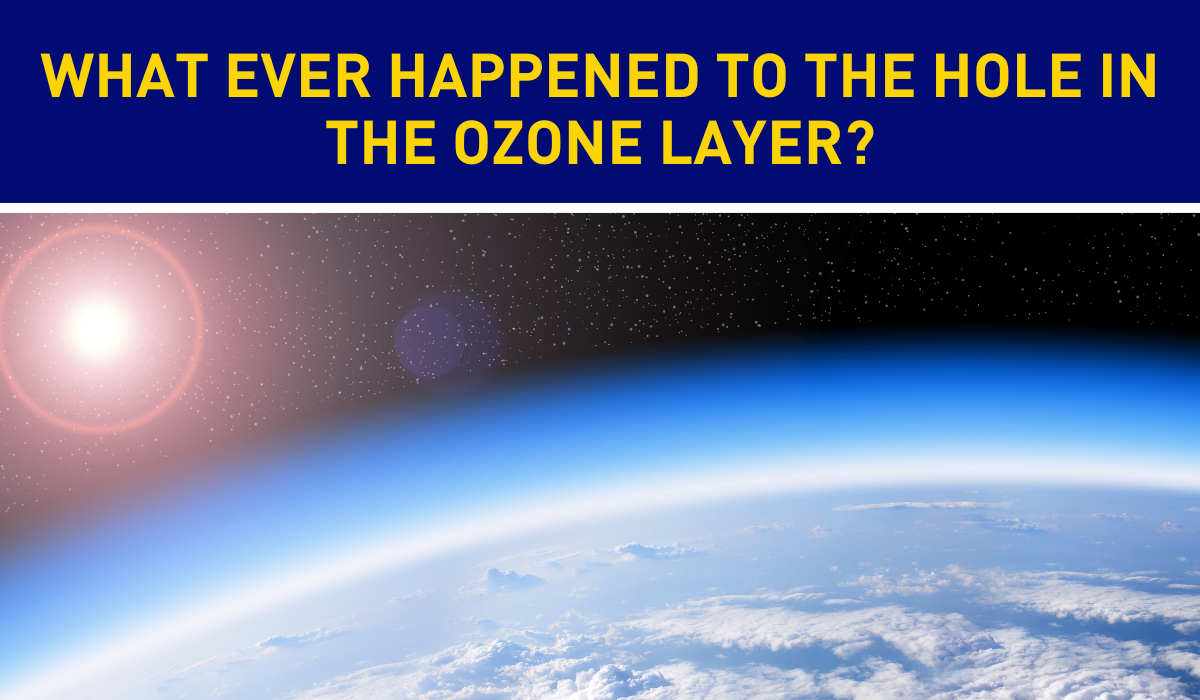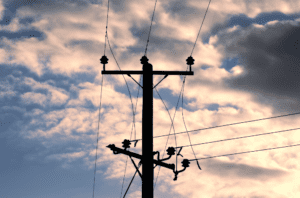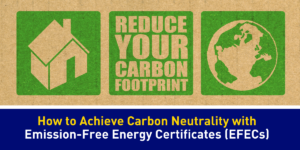When I was younger, albeit not that very long ago, there was a big concern about a hole in our ozone layer. Recently, it occurred to me we haven’t heard that much about it lately. Granted, there are discussions around global warming, climate change, deforestation, rising sea levels, but what ever happened to the hole in the ozone layer?
First off, let’s cover some basics.
What is the Ozone Layer?
Ozone is a molecule that contains three oxygen atoms. Most ozone is concentrated in the stratosphere about 9 to 18 miles above the earth’s surface. This is higher than most human activities. The highest point on earth, Mt. Everest, is about 5.6 miles high. Most commercial airliners fly from 5.9 to 7.2 miles above the earth’s surface. Ozone is a particularly effective absorber of ultraviolet radiation. When the ozone layer is thinner our planet has less protection from the sun’s rays and an increase in exposure to UVB radiation.
What is UVB?
UVB stands for ultraviolet b, a shorter wavelength of ultraviolet wavelength that is associated with skin burning. Laboratory and epidemiological studies demonstrate that UVB causes non-melanoma skin cancer and plays a major role in malignant melanoma development. UVB has been linked to the development of cataracts, a clouding of the eye’s lens. UVB also has effects on the development of plants and can cause damage to early developmental stages of fish, shrimp, crab, amphibians, and other marine animals.
A hole in the Ozone Layer?
Ozone concentrations in the atmosphere vary naturally with sunspots, seasons, and latitude. These processes are well understood and predictable. Each natural reduction in ozone levels, such as volcanic eruptions, has been followed by a recovery. Beginning in the 1970s scientific evidence showed that the ozone layer was being depleted beyond the natural processes.
When chlorine and bromine atoms come into contact with ozone, they destroy ozone molecules. A single chlorine atom can destroy over 100,000 ozone molecules before it is removed from the stratosphere. This has led to Ozone being destroyed more quickly than it is naturally created.
Due to this depletion and natural variations in the ozone layer through the year there is now an annual Antarctic “ozone hole” that is at its peak from September 7th and October 13th. Scientists use the term “ozone hole” as a metaphor for the area where ozone concentrations drop well below normal. This does not mean that there is no ozone over the Antarctic at this time, just that it is far below what it naturally would be. However, that does not mean that it is not harmful, during the annual ozone hole the amount of UVB measured at the surface can be twice the normal amount.
How depleted is the Ozone Layer?
Scientists use a Dobson Spectrophotometer, an optical instrument that records the total amount of ozone between the surface and the edge of space known as the total column ozone value. Globally the total column average is about 300 Dobson Units, in Antarctica the historical threshold is 220 Dobson Units, and in 2022 the lowest total column value was recorded at 101 Dobson Units over the South Pole.
However, this is higher than the all time low of 73 Dobson Units recorded on September 30th, 1994. The good news is the size of the hole has been shrinking. At its peak The Ozone hole was approximately 11 million square miles in 2000. In 2023 the hole averaged 8.9 million square miles with a maximum of 10 million square miles. In general, the size and severity of the ozone hole has been shrinking for 20 years.
Why is the ozone hole shrinking?
In the 1980s it became clear to scientists that the ozone was being depleted far faster than it could be naturally restored. In 1979, the average concentration above Antarctica was 225 Dobson Units; by 1989, it had plummeted to 127 Dobson Units. This led the international community to come together and come up with a plan to prevent further depletion of the ozone layer. In 1987, 198 parties (197 countries and the European Union) ratified two ozone treaties to protect the ozone layer. These treaties are generally known as the Montreal Protocol.
These treaties are remarkable in many aspects. First, they are the first universally ratified treaties in the history of the United Nations. This means that every country in the world has agreed to these treaties. Secondly, these treaties were signed only 14 years after the scientific discovery that these chemicals were depleting the ozone layer. Lastly and most importantly, the treaties worked, and are largely followed throughout the world.
This level of international cooperation is rare and outside of the eradication of smallpox and near eradication of polio is just not found in the international community. This lack of cooperation has led to the failure of the Kyoto Protocol and could doom the Paris agreement as well.
What did the Montreal Protocol actually do?
The Montreal Protocol regulates the production and consumption of nearly 100 man-made chemicals referred to as ozone depleting substances (ODS). Under the treaty, all parties have specific responsibilities related to the phase out of different groups of ODS. Developing and developed countries have equal but differentiated responsibilities but both groups have binding time-targeted commitments. The treaty has evolved over time and has gone through nine revisions, the most recent of which went into effect in 2019.
The substances controlled by the treaty are A (CFCs, halons), B (other fully halogenated CFCs, carbon tetrachloride, methyl chloroform), C (HCFCs), E (methyl bromide), and F (HFCs). These chemicals are largely used as refrigerants, solvents, blowing agents for plastic foam manufacture and fire extinguishers. Each of these groups of chemicals are on different timelines to be phased out with goals set as far out as 2047 for developing countries’ use of HFCs.
Effects of Montreal Protocol
The Montreal Protocol is also expected to have effects on human health. A 2015 report by the U.S. Environmental Protection Agency estimates that the protection of the ozone layer under the treaty will prevent over 280 million cases of skin cancer, 1.5 million skin cancer deaths, and 45 million cataracts in the United States. It has been estimated that the Montreal Protocol is saving an estimated two million people globally each year by 2030 from skin cancer.
Working together towards a common goal
When the world comes together and sets agreed upon goals, anything is possible, even closing up that big hole in the Ozone Layer. I’m glad I can take that off my list of things to worry about.
What’s on your mind, let’s talk about it.





